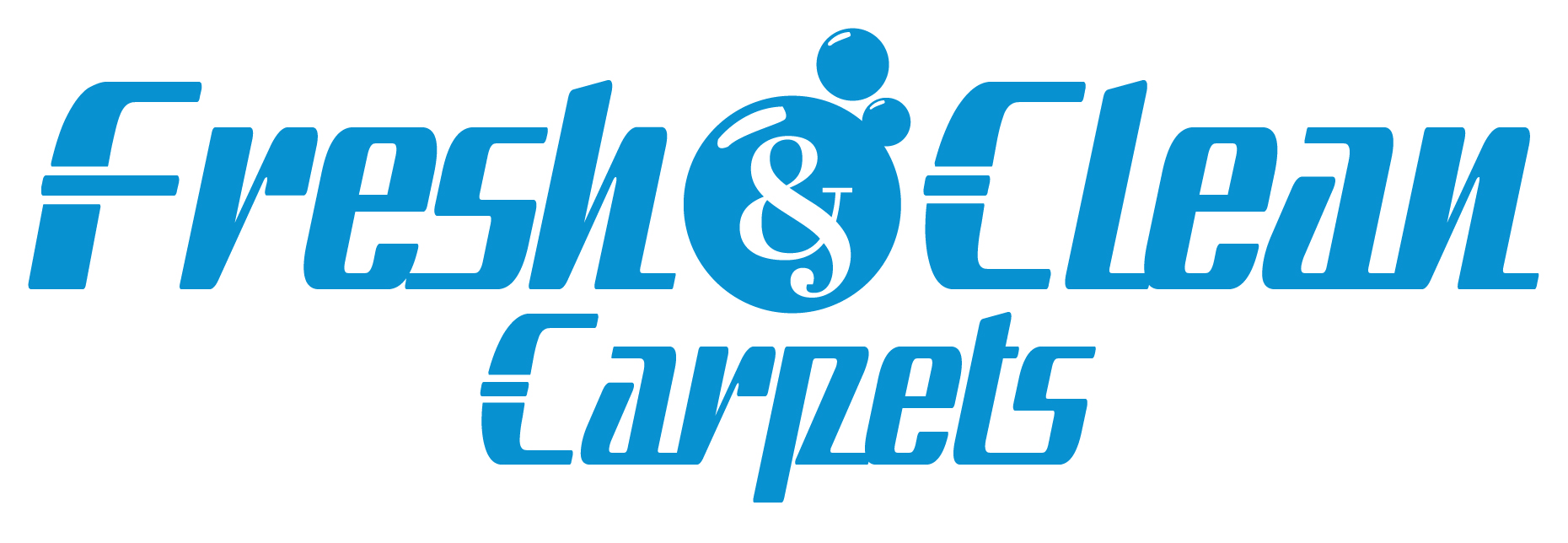Schedule your appointment today! 801-350-2822
Flooding can leave your home in disarray, and one of the most challenging areas to address is your carpets. In Roy, UT, where floods can result from heavy rains or plumbing issues, taking the right steps to clean water-damaged carpets is crucial for restoring your home and ensuring a safe environment. Here’s a step-by-step guide to help you navigate the flood recovery process effectively.
1. Ensure Safety First
Before you begin any cleaning process, ensure that it’s safe to enter the affected area. Turn off the electricity to avoid electrical hazards, and wear protective gear such as gloves and masks to prevent exposure to contaminants in the floodwater.
2. Remove Standing Water
The first step in cleaning water-damaged carpets is to remove any standing water. Use a wet/dry vacuum or a submersible pump to extract as much water as possible from the carpets. For extensive flooding, you may need to rent specialized equipment or hire professionals for efficient water removal.
3. Lift and Remove Carpets
If the water has seeped into the carpet padding and subfloor, you may need to lift the carpets to access these areas. Carefully roll up the carpets and remove the padding if it’s soaked. Flood-damaged padding often needs to be replaced, as it can be difficult to dry completely and may harbor mold.
4. Thoroughly Dry the Area
After removing the water, the next crucial step is drying. Use high-powered fans and dehumidifiers to speed up the drying process. Place fans around the room to increase air circulation and help evaporate any remaining moisture. Dehumidifiers will help remove excess humidity from the air, which is essential for preventing mold growth.
5. Clean and Sanitize Carpets
Once the carpets are dry, it’s time for cleaning and sanitization. For effective cleaning, you can either use a steam cleaner or hire a professional carpet cleaning service. Steam cleaning is particularly effective in removing dirt, bacteria, and any remaining contaminants.
Use cleaning solutions that are designed for water-damaged carpets and include antimicrobial properties to address any potential mold spores. Be sure to follow the manufacturer’s instructions for the cleaning products and equipment you use.
6. Inspect for Mold
Mold is a significant concern after flood damage, and even a small amount of moisture can lead to mold growth. Inspect your carpets and the surrounding areas for any signs of mold or mildew. Look for discoloration, musty odors, or visible mold growth.
If you find mold, it’s important to address it immediately. For minor mold issues, you can treat the affected areas with a mold-specific cleaner. For extensive mold problems, consider hiring a professional mold remediation service to ensure thorough removal and treatment.
7. Replace Damaged Carpet and Padding
In some cases, despite your best efforts, the damage to your carpets and padding may be too severe to repair. If your carpets are stained, odoriferous, or showing signs of mold that cannot be treated, replacement may be necessary. Similarly, replace any soaked padding to ensure that your carpets are installed on a clean, dry surface.
8. Prevent Future Flood Damage
To prevent future flood damage, consider implementing preventive measures such as installing sump pumps, improving drainage around your home, or using flood barriers. Regular maintenance and inspections of your home’s plumbing and waterproofing systems can also help mitigate the risk of flooding.
Cleaning water-damaged carpets after a flood in Roy, UT, requires prompt and thorough action. By following these steps—from ensuring safety and removing standing water to cleaning, sanitizing, and inspecting for mold—you can effectively manage the recovery process and restore your home. If the damage is extensive or if you encounter difficulties, don’t hesitate to seek professional help to ensure a complete and safe restoration of your carpets and home.

